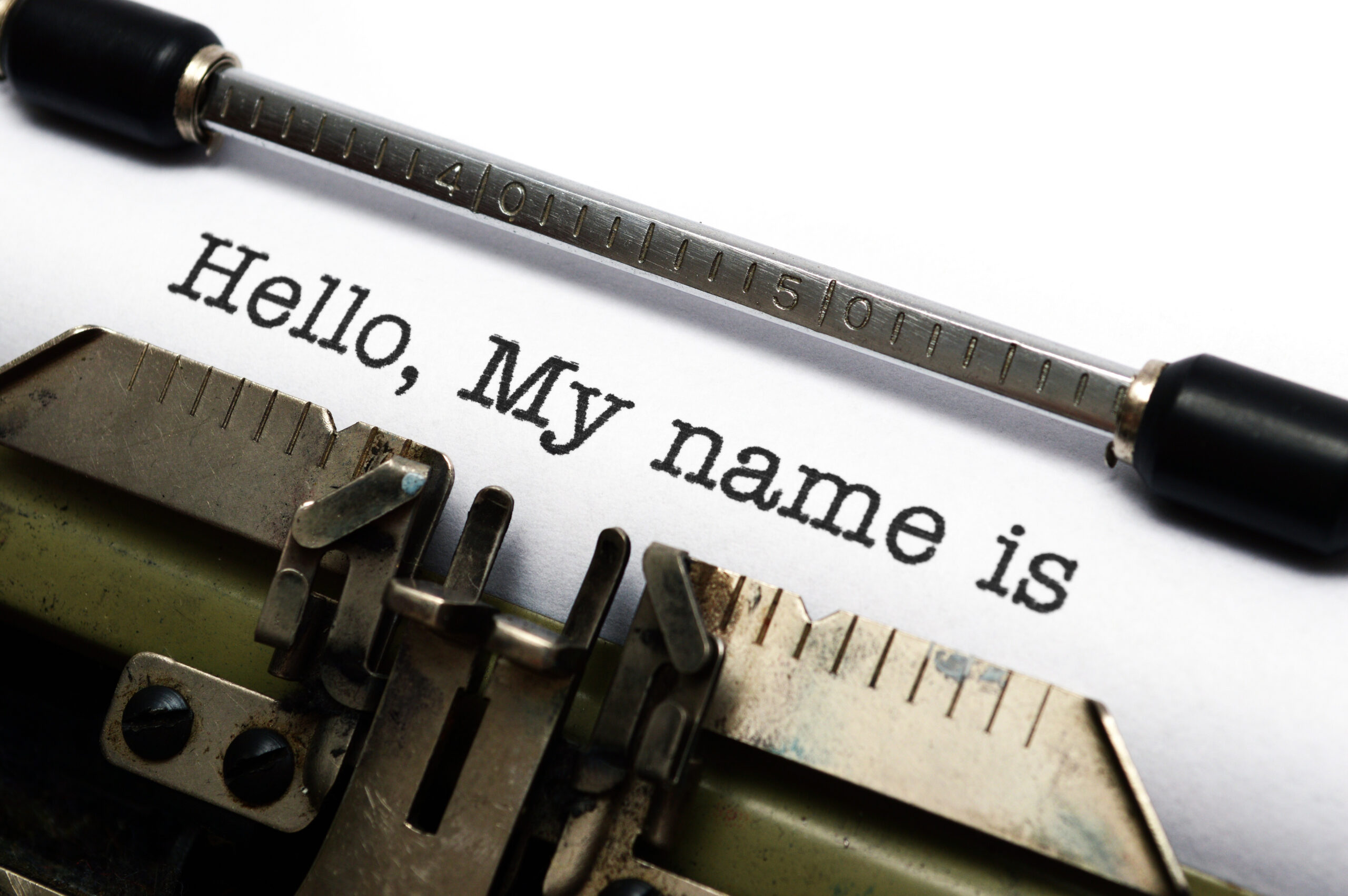by Maggie Beneke, Ph.D.
In this post, Dr. Maggie Beneke extends the discussion around language use that began during her virtual conference presentation on Dis/ability [1], Race, and Equity. In part one, she discusses her own position in relation to language use and person-first vs. identity-first language. Next week in part two, Dr. Beneke will cover the use and consequences of the term “colorblind.”
What We Say Matters
Through language, speakers construct identities, roles, and relationships. Language is bound up with power in any interaction, because language use, in context, has ideological consequences. Indeed, language choice not only impacts moment-to-moment communication, but also who is recognized by whom through language (Alderman, 2016) as well as how meanings are attached to words over time (McLaren & Giroux, 2018). To be clear, I write this post as a white, nondisabled, cisgender woman. I state these identities and others (i.e., I am a U. S. citizen, I speak English, I have a regular income, and it goes on) not to simply declare my unearned privilege and move on, but to take responsibility for undoing power inequities that continue to be played out in my own realm of influence. It is important I explicitly state how, whether I am conscious of it or not, my own identities are regularly centered and upheld in institutional spaces. Therefore, in discussing language use with regard to identity groups that I do not belong to (i.e., people with disabilities, people of Color) – and especially given the ways powerful groups have historically used naming/labeling as a way to secure the oppression of marginalized groups (Alderman, 2016) – I take seriously the question, “Who gets the power to name?” In what follows here and in part two, I respond to this question by focusing on the voices and experiences of individuals who are directly affected by dis/ability and race talk. As I discuss language use in relation to dis/ability and race, I intentionally cite (and suggest literature written by) people of Color and individuals in the dis/ability community.
Person-First and/or Identity-First Language
In talking about dis/ability, there is much semantic debate around the use of person-first versus identity-first language. For decades, professional organizations, dis/ability advocates, and even journal style guidelines, have recommended the use of person-first language (i.e., “person with a dis/ability”). These recommendations stem from an emphasis on first and foremost recognizing the humanity of a person with a dis/ability (Haller, 2016). Yet, some dis/abled people argue that implicit in the use of person-first language is the deficit-based assumption that individuals want to be separated from their disability (i.e., “having a disability is bad and I don’t want it to define me”; Brown, 2011). To resist this deficit-based framing, some dis/abled people express the importance of claiming disability as an in integral aspect of their identity and argue for the use of identity-first language (i.e., “dis/abled person”; Thorpe, 2017). Moreover, contemporary dis/abled activists and those who practice ally-ship have introduced the term Crip as a way to re-claim historically degrading uses of “cripple” (Williams, 2017). Individuals who identify as Crip or with the Crip community do so to recognize and celebrate dis/ability identity, and to challenge ways language can pathologize dis/abled individuals. Importantly, for professionals working to advance equity for individuals with dis/abilities, it is important to recognize that preferences around person-first versus identity-first language may vary. Professionals can inquire into the language preferences of the people they seek to serve. I provide additional resources for understanding perspectives on language use and dis/ability below.
Further reading: Person-First and/or Identity-First Language
- What is people-first language? from The Arc (2015)
- The significance of semantics: Person-first language: Why it matters by Lydia Brown (2011)
- Ableist words and terms to avoid by Lydia Brown (2012)
- Should you use person-first or identity-first language? by Rachel Kassenbrock (2015)
- #CRIPTHEVOTE: Notes on “Crip” by Andrew Pulrang (2016)
- Language guide from Syracuse University Disability Cultural Center
References
Alderman, D. H. (2016). Place, naming and the interpretation of cultural landscapes. In B. Graham & P. Howard (Eds.), Heritage and identity (pp. 195-213). London, UK: Routledge.
Brown, L. X. Y. (2011). The significance of semantics: Person-first language: Why it matters [Blog post].
Haller, B. (2016). Journalists should learn to carefully traverse a variety of disability terminology [Blog post].
McLaren, P. & Giroux, H. A., (2018). Writing from the margins: Geographies of identity, pedagogy, and power. In P. McLaren (Ed.), Revolutionary multiculturalism (pp. 16-41). New York, NY: Routledge.
Thorpe, J. R. (2017). What is identity first language and should you use it?
[1] Following Annamma (2018), I use the slash in dis/ability to highlight ways in which this label is connected to socially constructed values through everyday processes (including language) and which re-inscribe “ability” as a normative, desired standard.















